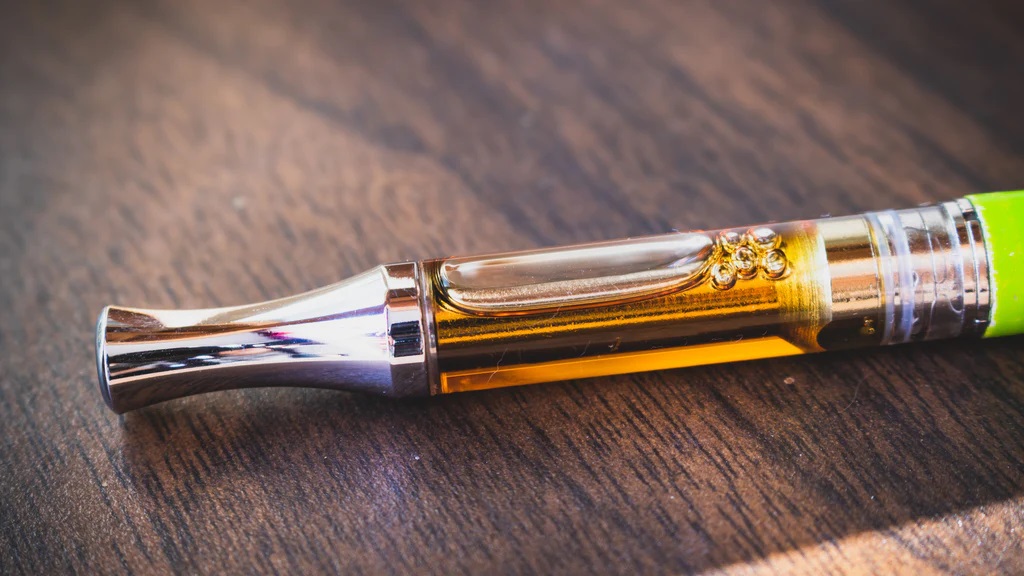Peyronie’s disease is a condition that many men feel uncomfortable talking about—but it’s more common than you might think. Affecting an estimated 1 in 10 men, Peyronie’s disease causes the penis to develop areas of scar tissue (known as plaques), leading to curvature, pain, and sometimes erectile dysfunction.
Although it can be distressing, Peyronie’s disease is a medical condition with real solutions. Today, we’ll explore what causes it, what symptoms to look for, and the latest treatment options that may help restore both sexual function and confidence.
What Is Peyronie’s Disease?
Peyronie’s disease is a disorder where fibrous scar tissue develops inside the penis, usually in the tunica albuginea—the thick membrane surrounding the erectile chambers.
This scar tissue doesn’t stretch during an erection the way healthy tissue does, which causes the penis to bend or curve. In some cases, this curvature can be severe enough to interfere with intercourse or cause significant emotional distress.
What Causes Peyronie’s Disease?
The exact cause of Peyronie’s disease isn’t always clear, but several factors are known to contribute:
- Penile trauma or injury: The most common theory is that the condition starts after minor, often unnoticed trauma to the penis—during sex, sports, or an accident.
- Genetic predisposition: Some men are more prone to scar formation. Peyronie’s has been linked to conditions like Dupuytren’s contracture (a hand disorder involving fibrous tissue).
- Age: The risk increases with age, especially in men over 50.
- Inflammatory conditions: Systemic conditions that affect connective tissue can contribute.
Importantly, Peyronie’s disease is not contagious, not caused by an infection, and not a form of cancer.
Symptoms of Peyronie’s Disease
Symptoms can vary from mild to severe and may appear gradually or suddenly. The most common signs include:
- Curvature or bend in the penis (upward, downward, or sideways)
- Lumps or plaques under the skin of the penis
- Painful erections
- Shortening or narrowing of the penis
- Erectile dysfunction (ED)
There are two phases of Peyronie’s disease:
- Acute Phase (first 6–18 months): Pain, inflammation, and changes in curvature. The plaque may grow or stabilize.
- Chronic Phase: Pain often resolves, but the curvature and erectile changes remain stable. Treatment is more effective in this phase.
Diagnosis: When to See a Urologist
If you notice a curve, lump, pain, or any changes in your erections, it’s time to see a urologist—earlier is better. The condition is easier to treat before significant curvature or sexual dysfunction develops.
Your urologist will typically:
- Take a detailed medical and sexual history
- Conduct a physical exam to locate plaques
- Use penile ultrasound to assess blood flow and plaque size
- Sometimes, perform an erection test in the office to evaluate the degree of curvature
Treatment Options for Peyronie’s Disease
The best treatment depends on the severity of your symptoms, the degree of curvature, and how long you’ve had the condition.
1. Watchful Waiting (Observation)
If curvature is mild, not painful, and doesn’t affect sexual function, your doctor may recommend simply monitoring the condition.
2. Oral Medications
Historically used but have limited effectiveness. These include:
- Pentoxifylline: May reduce inflammation and plaque development.
- Vitamin E: Sometimes used, though evidence is weak.
3. Intralesional Injections
These involve injecting medication directly into the plaque:
- Collagenase Clostridium histolyticum (Xiaflex®): The only FDA-approved drug for Peyronie’s. It helps break down the plaque and reduce curvature.
- Verapamil or interferon injections: Used off-label to soften plaques and reduce pain or curvature.
Injection therapy is typically done in a series of appointments over several weeks or months.
4. Traction Therapy
Penile traction devices gently stretch the penis over time. Studies show traction can:
- Improve length
- Reduce curvature
- Enhance outcomes when combined with injections
Devices must be used consistently (often 2–4 hours/day) to be effective.
5. Shockwave Therapy
Low-intensity shockwave therapy is a newer, non-invasive treatment aimed at reducing pain and improving blood flow. Its effectiveness for Peyronie’s disease is still being studied.
6. Surgery
Surgery is considered for men with severe curvature or when non-surgical options fail. Options include:
- Plication procedures: Shorten the longer side of the penis to straighten it. Good for men with good erectile function.
- Plaque incision and grafting: More complex; involves removing the scar tissue and grafting healthy tissue.
- Penile implants: For men with both Peyronie’s and erectile dysfunction, implants can straighten the penis and restore function.
Emotional Impact and Support
Peyronie’s disease can be emotionally devastating. Many men experience depression, anxiety, and relationship issues. Know that you’re not alone—and you have options. Talking with a mental health provider or joining a support group can be just as important as medical treatment.
Final Thoughts
Peyronie’s disease is not something you have to suffer through in silence. Advances in treatment—from injections to traction devices to surgery—mean that help is available for nearly every case.
If you notice changes in your erections, pain, or curvature, don’t delay seeking help. A urologist specializing in men’s sexual health can guide you toward the right diagnosis and a treatment plan that fits your lifestyle, goals, and comfort. We recommend urologist brooklyn.



